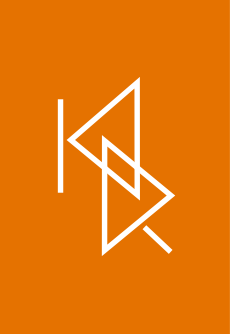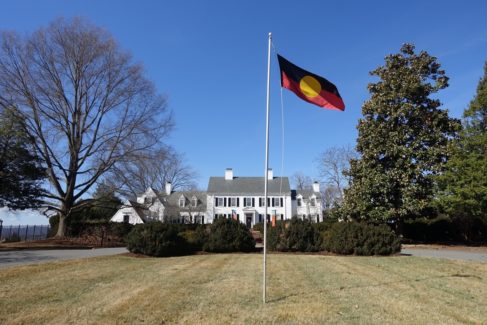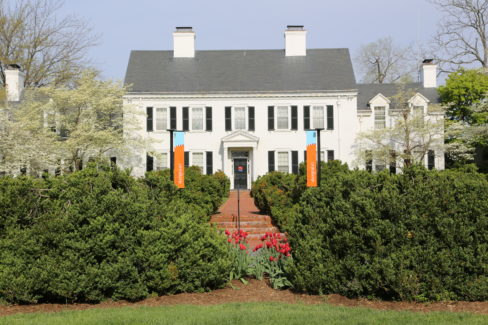An Unusual Museum in a Historic House
This is what you need to know about our unique location.
Where is Kluge-Ruhe?
The Kluge-Ruhe Collection is part of the University of Virginia, but we are not located on UVA Grounds. We are in a historic home on the eastern side of Charlottesville, occupying the ground floor and the basement of the building. The museum comprises five galleries, an interactive activity space, a library, a classroom, five offices and three art storage facilities. Most of the public spaces of the museum are wheelchair accessible (click here to see complete information about our building’s accessibility).
Who owns the building?
The building and grounds are beautifully maintained by the UVA Foundation. An extensive network of walking trails surround the building as part of the Sentara Martha Jefferson Hospital campus. We have several tables behind the museum for picnicking and a map of the trees on the museum’s grounds is available at the front desk.
What was on Pantops Mountain before Kluge-Ruhe?
Before any other people arrived, the Monacan Indian Nation lived on and cared for the land and waters of the region.
Peter Jefferson, father of Thomas Jefferson, purchased the lands that included Pantops in 1746. Thomas Jefferson inherited the land upon his father’s death and named it Pantops, meaning “all-seeing.” He hoped to build a house here for his daughter Maria; however, her premature death halted building plans and Jefferson sold the property in 1815.
How old is the building, and was it a house?
The first house on the site became a boy’s preparatory academy and was given to the University of Virginia in 1929. The University sold the property to James Cheek of Nashville. He hired master architect Benjamin Charles Baker to build the current colonial revival style house, which was completed in 1938.
How did the building come to house the Kluge-Ruhe Collection?
The house built by James Cheek has changed ownership several times until Eugene and Ann Worrell gave the building to the University of Virginia in 1998. John W. Kluge gave his Aboriginal art collection to UVA in 1997 and, not having a suitable space on Grounds, the UVA administration decided to house it in this building.
What are the advantages of the building?
Housing the collection in this location offers unique challenges and advantages. Visitors and Indigenous artists alike have commented on the tension between the neo-colonial architecture and the Indigenous art on display. Our limited space allows us to exhibit only about 1.5% of our permanent collection at a given time, and many paintings are too large to display in our gallery space. Despite these challenges, we are surrounded by beautiful, panoramic views of Charlottesville and the Blue Ridge Mountains, parking is easy and our modest size creates an intimate visitor experience that impresses without overwhelming.
Can I rent the museum for an event or a wedding?
Our building and grounds are not available for private rentals.




